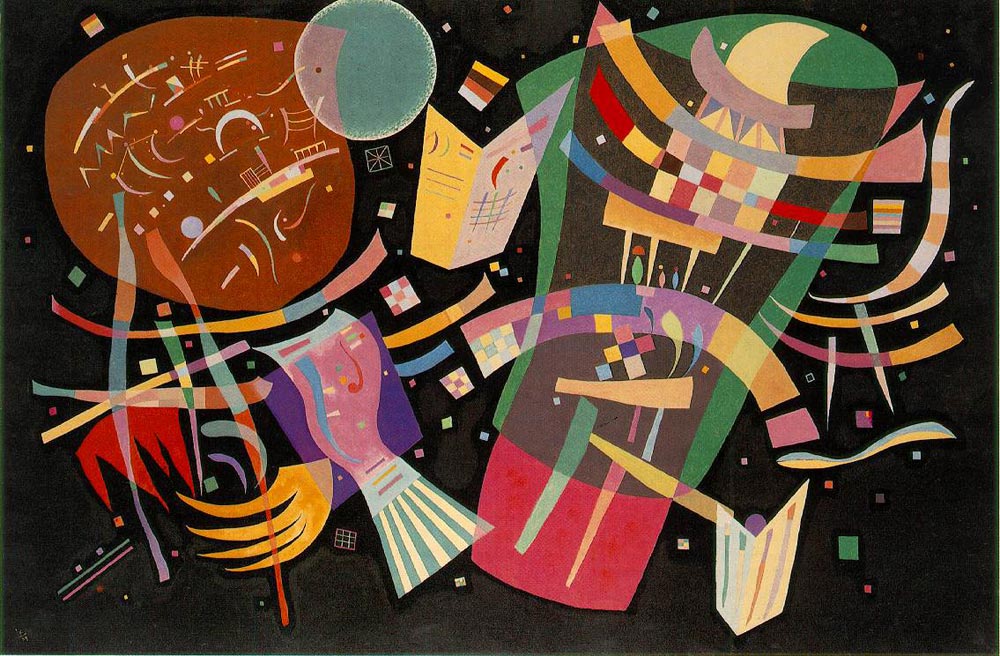
Pluralistic Creality NOT Monistic Reality
“If the nature of reality is processual and relational, then a diplomatic approach to truth is the only adequate way to respond to it. With every encounter with other psyches, we make the truth anew. Reality doesn’t just sit there waiting for the most clear-headed intellect to uncover. Reality is participatory and co-created, not just by human minds, but by minds of all shapes and sizes. Better to refer to it as a pluralistic creality than monistic reality.”
The above quote comes from an older post by process philosopher, Matt Segall; it was a reply to Bernardo Kastrup when he and Matt were debating panpsychism and monistic idealism.
I was re-reading the dialogue recently (Bernardo’s first post, Matt’s reply, Bernardo’s second post, Matt’s second and third reply) because forms of subjective idealism and/or monistic idealism keep popping up around me. I’m not sure if monistic idealism just happens to be trending where I am or if it’s symptomatic of a larger cultural trend… regardless, if I didn’t have such an affinity for process-relational panexperientialism I would be some sort of realist materialist over a subjective idealist any day, I believe. I mean if I’m going to be a reductionist it just seems way easier to believe that mind is as an illusory secondary appearance of matter rather than the other way around. When I rap my knuckles on a desk common sense combined with the actual pain I feel tells me that I hit something real, not abstract, which is what monistic idealism (Kastrup’s version and Deepak Chopra’s version anyway) wants us to believe.
Further, I can’t agree more with Matt’s assessment here about the potential political implications of our metaphysics:
“Ontological pluralism seems more true to experience (both common every day experience AND mystical experience), since it doesn’t deny the possibility of unity, it only denies that things are necessarily unified. Necessary unity is politically frightening to me. It is too fascist, too totalitarian. I prefer democracy both politically and ontologically. Order, oneness, unity, etc. must be freely affirmed, freely achieved. They cannot be metaphysically imposed.”
I think monistic idealism or “non-dual” ways of thinking (and I’m using non-dual here as a synonym for monistic idealism, obviously; I think Whitehead’s philosophy of organism is very non-dual actually) offer very helpful correctives to things like Western reductive scientific materialism, but as I know all too well, the danger of treating the physical world as a some sort of illusory secondary appearance, that is only a result of subjective experience, is that we a) risk solipsism, and thus b) de-value the physical (I’m thinking of the “otherwordly” over spiritualized, pie-in-the-sky by and by, dispensationalist, escape-plan Christian Evangelicalism that makes me really, really uncomfortable).
Finally, as William James has said and as Matt re-capitulates so well, “My claim here is pretty straightforward: everyday experience is multifaceted, while mystical experience is unitive. I’m not denying the testimony of mystics as to the unity of reality. Ontological pluralism grants the possibility of such unity. It just also incorporates the obvious fact of commonsense experience, as well. Mystical experiences are extraordinary precisely because they don’t happen all the time. So rather than ignore the plurality of the everyday experiences we spend almost every waking and dreaming moment of our lives in, I want to acknowledge that they, too, have ontological significance. […] The cosmic unity intimated by mystics may indeed be the case. All the ontological pluralist argues is that this unity is not necessarily the case, that is, is not the end of the story metaphysically speaking. If we say it is the end of the story, we negate everyday experience, explaining it away as mere appearance. This, to my mind, is the worst kind of reductionism, in that it denies what is most obvious to our experience in favor of some hidden truth accessible only to a special few.”
…
Painting above by Wassily Kandinsky
Tags:bernardo kastrupconscioussnessidealismMatt Segallmetaphysicspanpsychismwhitehead

[…] of interoperability and persuading me that interoperability is inescapable (especially in this process-relational pluralistic creality in which we find ourselves ((he didn’t have to try to hard to convince me lol!))), he […]